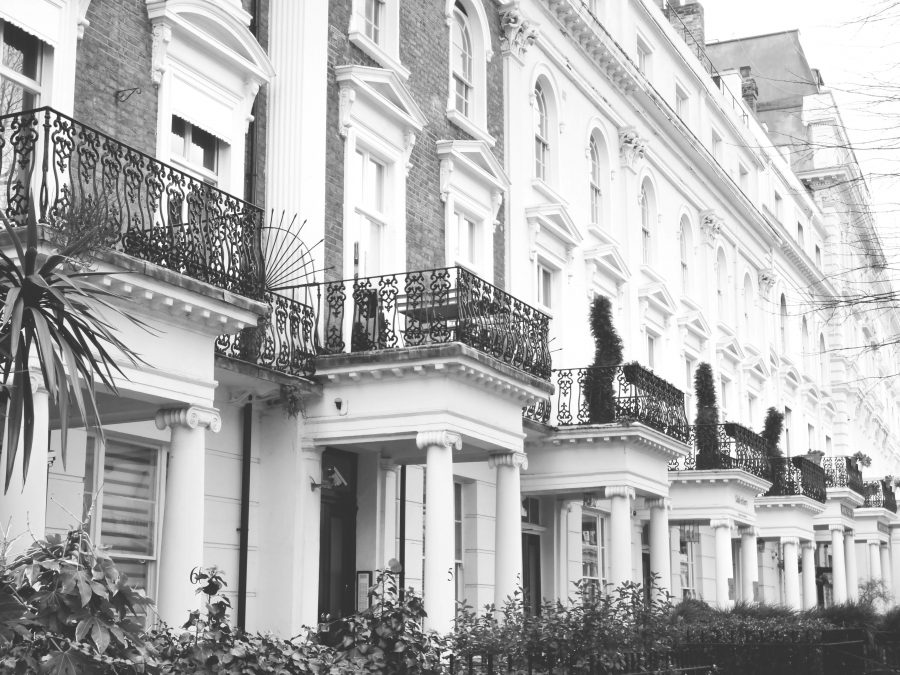This weekend saw the collapse of yet another attempt to fix the deeply broken British system of property tax. A trial balloon of a new ‘mansion tax’, floated to the papers, was quickly shot down by a barrage of outrage from the Conservative heartlands.
It doesn’t have to be so hard. There are tried and tested ways to make such reforms easier. The new Downing Street combined economic unit should learn them quickly.
As it stands, council tax is based on an assessment of home values carried out in 1993. The hated poll tax and then council tax were invented because the long-overdue revaluation and resulting skyrocketing of payments under the old system of domestic rates was too politically toxic. The Treasury could revalue every property across the land tomorrow at the push of a button, but politicians are scared of the backlash from taxing at the correct values. They wanted to revalue in 2007 and blinked.
A 0.5% annual tax on property value, designed and introduced with care, could be more efficient and popular than current taxes on property.
How would the government go about implementing this? First, ministers could use the extra revenue from a new levy to reduce or get rid of another even more hated tax: stamp duty land tax (SDLT), the bullet payment on transfer of a property that currently can be as much as 15% of the value of the home. A reformed property tax could replace SDLT, making the revenues much less cyclical. SDLT dries up in an economic downturn – exactly when we could most use the money. Annual property taxes are much more stable.
Second, phase it in. Except, perhaps, for the highest-value properties – say over £10 million – you could start the new property tax only from the date of next transfer of the property.
You might complain that would take forever, but we have been stuck with council tax for almost thirty years. Removing SDLT would unleash a wave of pent-up transactions from those who refuse to pay an eye-watering 10% or 15% one-off tax.
An annual secured property tax at the right rate should have a higher present value to the Treasury than an uncertain SDLT that might not be collected for decades as the owners put off selling. We should switch to annual revaluations subject to perhaps a 10% cap on the annual increase in tax payable, to give people time to adjust if the price of their home skyrockets.
Third, address reasonable concerns. An elderly widow in a £1 million house – and anyone else who wishes – could be allowed to defer payments up to a combined total mortgage and deferred payment value of, say, half of the property value. The deferred payments would compound at a reasonable rate to make sure no-one sees it as cheap funding – say, 5% above the nominal rate on 10-year bonds.
With no mortgage, our elderly widow could theoretically let the payments roll up for around half a century before having to pay any cash property tax. In any case, people who want to stay in their homes will be unaffected because the tax only starts on the next transfer (unless the house is worth over £10 million, as I set out above).
The accrued amount will be a secure statutory charge on the property, to be paid after the mortgage when the home is next sold or transferred. It will reduce inheritance tax bills because the value of the estate will be smaller.
Any modern accounting system would allow the Treasury to recognise those secured accruals as income, allowing fiscal rules to be preserved. The Government can borrow very cheaply to fund the delayed payments, allowing more spending while preserving prudence.
No-one buying a £10 million house will blink at a 0.5% property tax. You pay far more than that in New York, San Francisco, or other world cities. But the sticker shock of 15% SDLT has made the market vastly less liquid and more inefficient.
It would also have the beauty of charging something to cover the real negative spillover costs of ugly brownfield sites that have been designated for building but sit there empty year after year, worth a fortune but paying no tax at all. Few other countries would tolerate that. The deferral option would ensure those owners have time to adjust while having an incentive to get on with building.
Would a new tax be politically durable? Over the long term, increased revenues will allow reduction in even more hated taxes. You could even give buyers a choice between SDLT and the new tax. Those who choose the latter will get less sympathy if they complain later. The deferral option will let almost everyone avoid cash crunches and mitigate the unpopularity. SDLT raises a lot of money while the growth phase of the cycle lasts but the efficiency costs are horrendous.
Property taxes have the beauty of predictability and of not discouraging beneficial transactions. We could please the purists by charging different rates on land value and on building value to cover the absence of VAT, but that is probably too complicated as a first step.
Conservatives may be horrified at the idea of introducing a mansion tax, but if they don’t some future government will inevitably replace the current system. Our property taxes are a bizarre anomaly, both compared to what preceded and to other developed nations. Better for a Tory government to fix things permanently, now.








